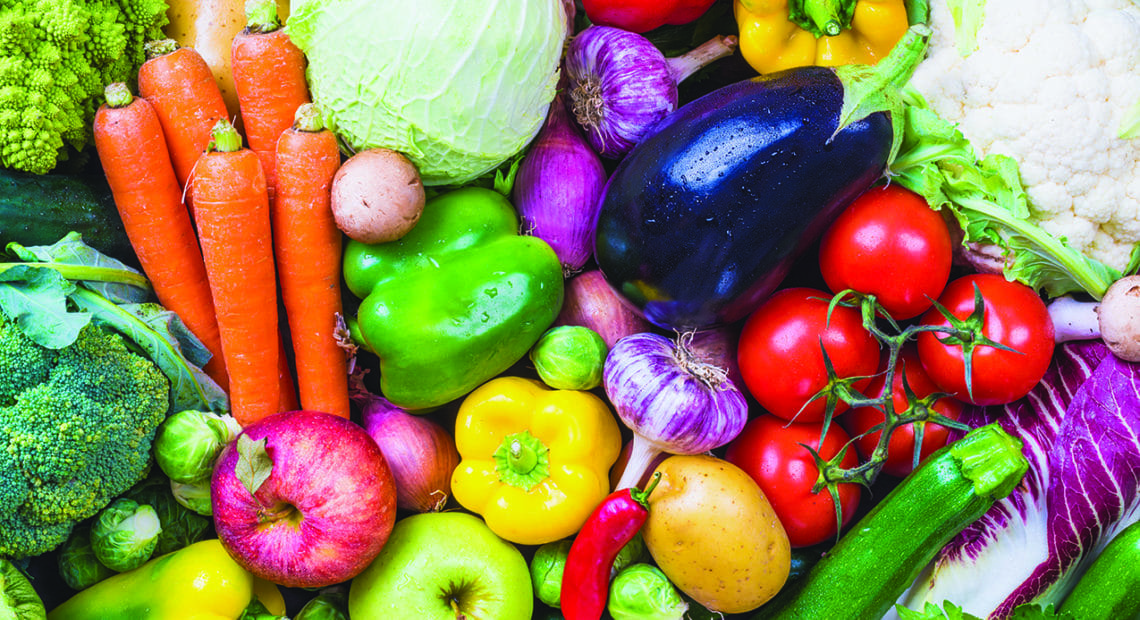A healthy diet can help people lower their risk for various conditions, including heart disease. That’s a significant benefit, as the World Health Organization estimates that 32 percent of deaths across the globe can be attributed to cardiovascular disease, which is an umbrella term used to refer to a group of disorders of the heart and blood vessels.
Individuals who want to change their diets are urged to speak with their physicians for insight regarding specific changes that can address any preexisting issues they may have. But it never hurts to consider heart-healthy foods, and the Office of Disease Prevention and Health Promotion at the U.S. Department of Health and Human Services recommends adding these heart-healthy foods to your shopping list.
Fruits and vegetables
Variety is the spice of life, and the good news is that an assortment of fruits and vegetables promote heart health. That means individuals can eat a heart-healthy diet without eating the same foods every day. The ODPHP notes that fresh, frozen, canned, or dried fruits and vegetables can all promote a healthy heart.
• Fresh vegetables: Tomatoes, cabbage and carrots
• Fresh fruits: Apples, oranges, bananas, pears, and peaches
• Leafy greens: Spinach, Romaine lettuce and kale
• Canned vegetables: Look for low-sodium canned veggies
• Frozen vegetables: Look for products without added butter or sauces
• Canned, frozen or dried fruit: Look for varieties with no added sugars
Dairy
The ODPHP recommends fat-free or low-fat dairy. Such products include:
• Fat-free or low-fat (1 percent) milk
• Fat-free or low-fat plain yogurt
• Fat-free or low-fat cheese or cottage cheese
• Soy milk with added calcium, vitamin A and vitamin D
Whole grains
Various products may be promoted as “whole grain,” but the ODPHP notes that whole wheat or another whole grain should be listed first in the ingredient list. Products that are “100 percent whole grain” also should be chosen over the alternatives.
• Whole-grain bread, bagels, English muffins, and tortillas
• Whole-grain hot or cold breakfast cereals with no added sugar, such as oatmeal or shredded wheat
• Whole grains like brown or wild rice, quinoa, or oats
• Whole-wheat or whole-grain pasta and couscous
Proteins
Heart-healthy proteins can add variety to a diet, which can make it easier to enjoy different flavors and dishes.
• Seafood, such as fish and shellfish
• Poultry: Chicken or turkey breast without skin, or lean ground chicken or turkey (at least 93 percent lean)
• Lean meats: Pork shoulder, beef sirloin or lean ground beef (at least 93 percent lean)
• Beans, peas and lentils: Black beans and chickpeas (garbanzo beans)
• Eggs
• Unsalted nuts, seeds and nut butters, such as almond or peanut butter
• Tofu
Healthy fats and oils
When cooking with fat and oil, cooks are urged to replace saturated fat with healthier unsaturated fats.
• Avoid cooking with butter and instead cook with oil, including canola, corn, olive, peanut, safflower, soybean, or sunflower oils
• Choose oil-based salad dressings, such as balsamic vinaigrette or Italian, instead of creamy dressings like ranch
A heart-healthy diet is full of flavor and can help people reduce their risk for cardiovascular disease.








Recent Comments